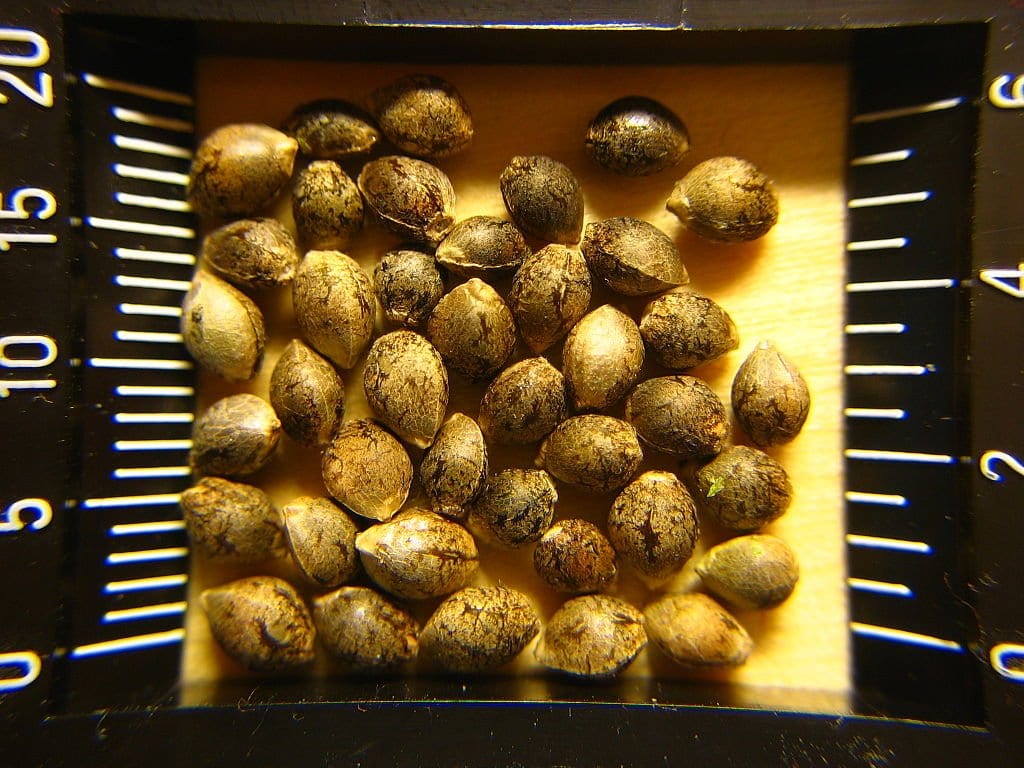Indoor vs. Outdoor Cannabis Cultivation: Pros and Cons of Each Method
Cannabis cultivation has seen a resurgence in interest, driven by both medical and recreational purposes. Whether you’re a novice grower or a seasoned enthusiast, choosing between indoor and outdoor cultivation methods is crucial. Each method has its own set of advantages and challenges, affecting everything from plant quality to environmental impact. In this article, we’ll explore the pros and cons of indoor and outdoor cannabis cultivation, helping you decide which approach best suits your needs.
Indoor Cannabis Cultivation
Pros:
Controlled Environment: Indoor cultivation allows for precise control over environmental factors such as temperature, humidity, and light. This control is ideal for achieving consistent plant growth and maximizing yields.
Year-Round Cultivation: Unlike outdoor cultivation, indoor setups enable growers to cultivate cannabis year-round, unaffected by seasonal changes.
Privacy and Security: Growing indoors offers greater privacy and security, minimizing the risk of theft or unwanted attention.
Pest and Disease Control: Indoor environments are more easily controlled for pests and diseases, reducing the likelihood of infestations that can devastate crops.
Quality and Potency: With careful management of light cycles and nutrients, indoor-grown cannabis often exhibits higher potency and quality compared to outdoor varieties.
Cons:
Cost: Setting up and maintaining an indoor grow operation can be expensive. Costs include equipment (lights, ventilation, grow tents), electricity for lighting and climate control, and ongoing maintenance.
Energy Consumption: Indoor cultivation consumes significant amounts of energy, primarily due to lighting and climate control systems. This can contribute to environmental concerns and high operational costs.
Space Limitations: Indoor setups may have space limitations, restricting the number of plants you can grow compared to outdoor gardens.
Ventilation Challenges: Proper ventilation is crucial to maintain air circulation and prevent mold or mildew growth, which can be challenging in confined indoor spaces.
Outdoor Cannabis Cultivation
Pros:
Natural Sunlight: Outdoor cultivation utilizes natural sunlight, providing a full spectrum of light that can enhance plant growth and cannabinoid production.
Cost-Effective: Compared to indoor setups, outdoor cultivation is generally more cost-effective, as it requires minimal investment in equipment and relies on natural environmental conditions.
Larger Yields: Outdoor plants can potentially grow larger and produce higher yields compared to indoor plants, given sufficient space and optimal growing conditions.
Environmental Sustainability: Outdoor cultivation has a lower environmental footprint in terms of energy consumption and carbon emissions, promoting sustainability.
Enhanced Terpene Profiles: Exposure to natural environmental factors can enhance the aroma and flavor profiles of outdoor-grown cannabis, appealing to connoisseurs.
Cons:
Weather Dependency: Outdoor growers are vulnerable to weather changes, including temperature fluctuations, rain, and pests, which can impact plant health and yield.
Seasonal Limitations: Outdoor cultivation is seasonal and dependent on local climate conditions, limiting the growing season to spring and summer months in many regions.
Security Risks: Outdoor gardens are more exposed and susceptible to theft, vandalism, or discovery by authorities in regions where cultivation is restricted.
check it out and Disease Exposure: Outdoor plants are more vulnerable to pests and diseases, requiring proactive measures such as natural predators or organic pesticides.
Conclusion
Choosing between indoor and outdoor cannabis cultivation depends on your specific goals, resources, and local regulations. Indoor cultivation offers control and consistency but comes with higher costs and energy consumption. In contrast, outdoor cultivation leverages natural sunlight and is more cost-effective but is subject to seasonal and environmental challenges.
Ultimately, the decision should align with your priorities, whether it’s maximizing yield, enhancing quality, or adhering to sustainable practices. By weighing the pros and cons of each method, you can make an informed choice that suits your cultivation preferences and goals.
This comprehensive guide to indoor vs. outdoor cannabis cultivation aims to provide clarity on these methods, helping enthusiasts and growers navigate the dynamic landscape of cannabis cultivation effectively.
